If your cat ever had a surgery in his life, your vet will probably recommend wearing the dreaded plastic cone.
The cat cone, also known as Elizabethan collar (e-collar) or cone of shame, is a medical tool created to prevent licking and chewing on a fresh incision.
Many cat owners are extremely reluctant and can’t imagine their cat having to wear the cone of shame for days or even weeks.
Become a Smarter Cat Owner!
Get the free weekly email covering the latest cat news & research.
Bite-sized in just 5 minutes.
Keeping the cone on is a necessity that will spare your cat a lot of pain and maybe a second surgery.
But the recommended plastic cone looks so uncomfortable, so how can we make the healing process more bearable?
Luckily, there are many alternative options when it comes to choosing a cone after surgery.
Speak to your vet about these tools and if they would provide sufficient protection for your cat’s unique wound.
Before we go into the different cones, let’s talk about why your cat even has to wear one.
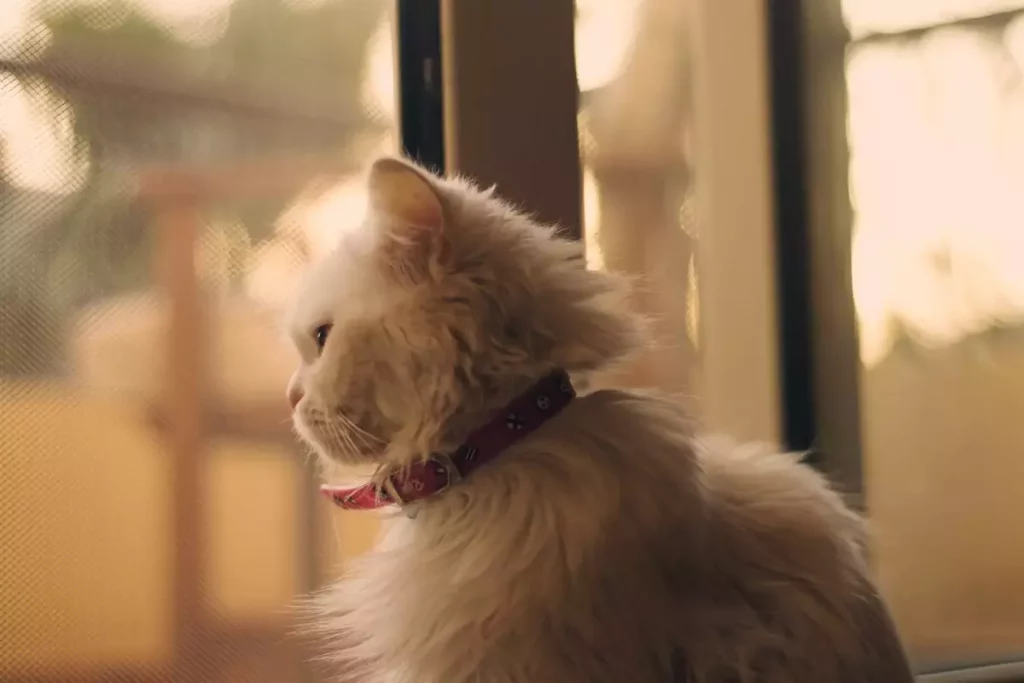
Why Does My Cat Have to Wear a Cone?
The purpose of the cat cone is to protect your cat from harming itself.
Whether he got an incision, lesion, staples or surgical sutures, the sensitive healing wound must be protected.
Any licking, biting or pawing can tear up the healing tissue, leaving your cat with unnecessary complications like an infection.
Contrary to common beliefs, a cat’s saliva doesn’t provide the best environment for a healing incision.
Constant moistening can make the skin dry and fissured which makes it vulnerable for millions of bacteria that live in the mouth and the surroundings.
The rough tongue can easily tear up healing tissue and nibbling and chewing will delay the healing process.
Depending on the amount of damage, treatment can cost you a lot of money and may require a second surgery to cut out the damaged tissue.
Keeping the cone on will save your cat from a longer recovery, anesthesia, and antibiotics.
No matter how much he seems to struggle to accept the cone, it’s very important that it stays on until the site is fully healed.
Your cat will still be able to drink, eat, poop and sleep with the cone on.
The 5 Best Cat Cones in 2020
Out of the many varieties from soft cones to comfy collars, keep in mind that the clear plastic cone is still the safest choice and any other options should always be approved by your vet.
The Comfy Cone
The comfy cone is a vet-approved soft alternative to the common plastic cone.
You can easily put it on and off due to the closure which also allows for an adjustable fit.
The tabs on the neck can only be attached to a buckle collar that slips right through them.
Especially sleeping in this cone is way more comfortable compared to other cones and it’s definitely more secure than it looks.
Depending on your cat, the black inside may feel calming or rather unnerving because it might block his peripheral vision.
ComSaf Protective Inflatable Cat Collar
If your cat doesn’t have a wound on his head, tail or paws then this inflatable collar would be a great choice.
It protects your cat from chewing or nibbling on any incision, especially around the chest, back, and belly area.
The outside clothing can be detached and machine washed and it’s soft enough to not scratch any walls, furniture or bare legs.
Although it doesn’t offer as much protection as a plastic cone, I would always choose it instead if my cat has had surgery in her upper extremities.
SUPET Adjustable Cat Recovery Collar
Similar to the vet recommended hard plastic cone, this collar consists of clear plastic and offers a high level of protection and doesn’t block your cat’s vision.
Soft fabric is put around the neck and edges to make it more comfortable and secure for both humans and cats.
The elastic cloth snugs right around the neck and button closure makes it easily adjustable.
Your kitten will be able to walk around with this lightweight plastic without any issues or discomfort.
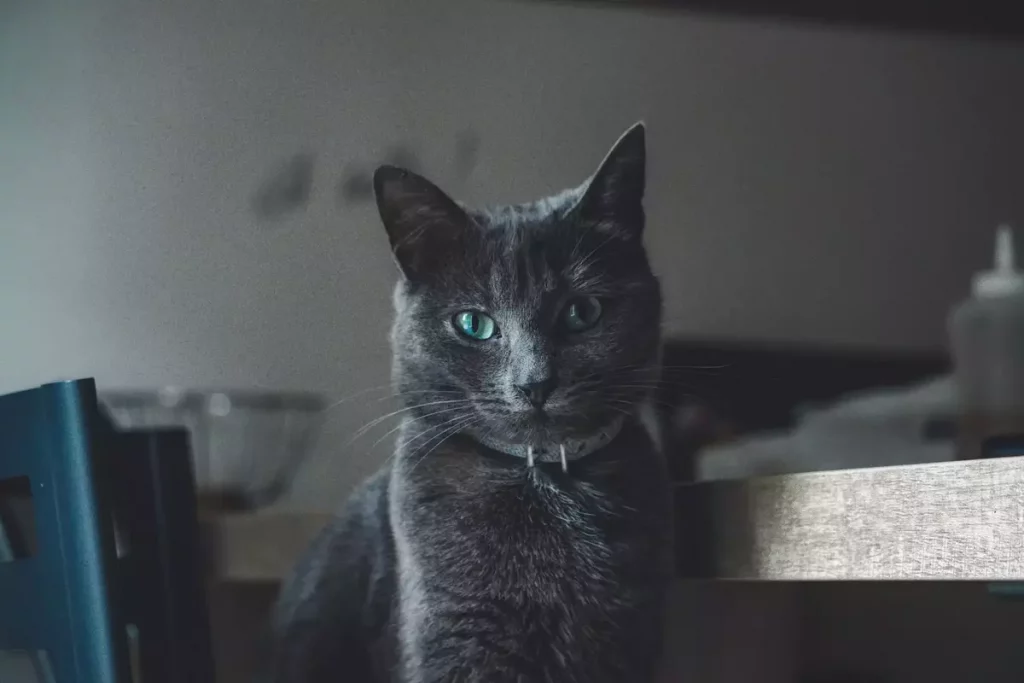
VCTERFK Cat Inflatable Collar
This soft inflatable collar is specifically designed to provide your cat with more quality of life even after surgery.
Sticks can be carried, naps can be taken and food can be enjoyed.
Compared to the hard plastic cone, this collar offers maximum freedom to move and look around.
To use it simply blow it up, put it on your kitten and adjust the size with the metal buckles.
The breathable cotton fabric is washable and can be easily stored when not in use.
ANWA Cat Recovery Collar
This scratch and bite resistant collar is a comfortable alternative to the cone of shame.
It imitates the form and shape of the protective cone while providing your cat with a soft surface to rest his head on.
The flexible edges easily bend to prevent accidents or issues when trying to reach the bowl.
But this bending ability also means that your cat might be able to get his head around the elastic loops.
If your cat manages to flip the collar over, it would give him full access to any healing tissue.
The cone is best suited for wounds on the back or upper extremities and proper supervision is always advised.
How to Fit a Cat Cone
To properly fit a cat cone, simply follow the measurement instructions you are provided with on each product listing.
Sometimes the size charts are a bit off so I would recommend selecting two sizes instead of one to ensure a fitting cone.
The cone should be comfortably snug around the neck without applying strong pressure.
It should be loose enough so you can put two fingers between the neck and collar but tight enough so your cat won’t be able to remove it by itself.
The further away the wound is from your cat’s head the longer the cone should be.
In general, the cone should extend right past the tip of your cat’s nose. An incision on the upper extremities allows for a shorter cone.
How Long Does a Cat Need to Wear a Cone?
Depending on your cat’s surgery, the cone may need to be on for a couple of days or even weeks.
If your cat has been neutered or spayed, he will probably have to wear it for about 7-10 days.
Other types of surgeries can have a 2 weeks long recovery.
Your vet will give you some tips and advice on how long your cat’s wound should be protected by the cone.
You will probably have to wait for the next re-check appointment or until the stitches are removed.
If you carefully monitor your healing cat and leave the cone on during recovery time then there shouldn’t occur any serious complications and your cat can be excited about a cone free life.
What Can I Use Instead of a Cat Cone?
Not all surgery wounds require the protection of a cone.
An abdominal incision on the belly or back, for example, can be protected by a Recovery Suit.
Stitches on the legs and paws can be wrapped with bandages to prevent nibbling or chewing.
Boxer shorts are also an alternative for abdominal wounds but every option should be discussed with your vet before making a choice.
Even though your cat might be acting like the cone is killing him, the consequences of not wearing one will be far worse.
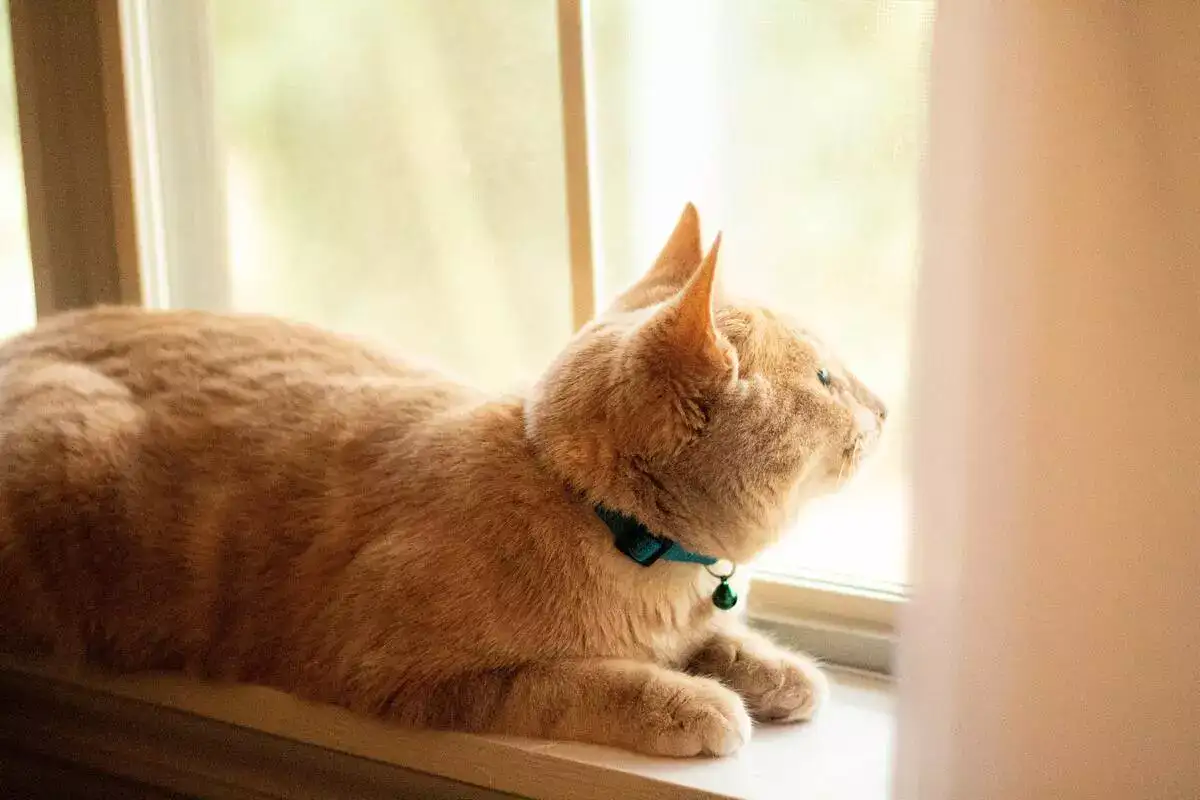
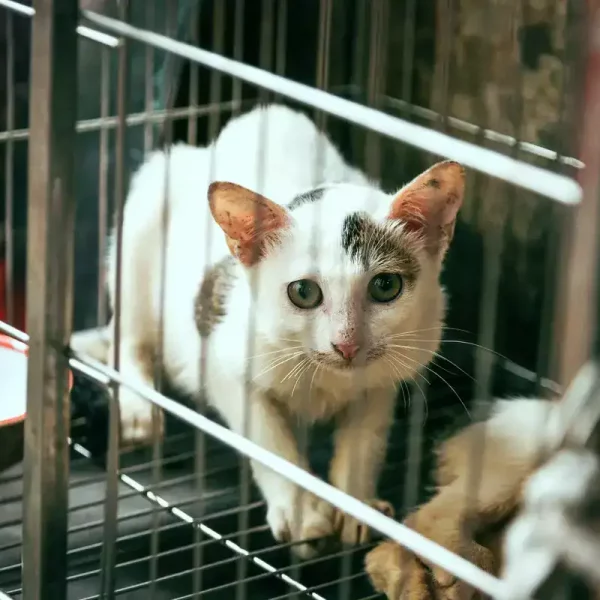
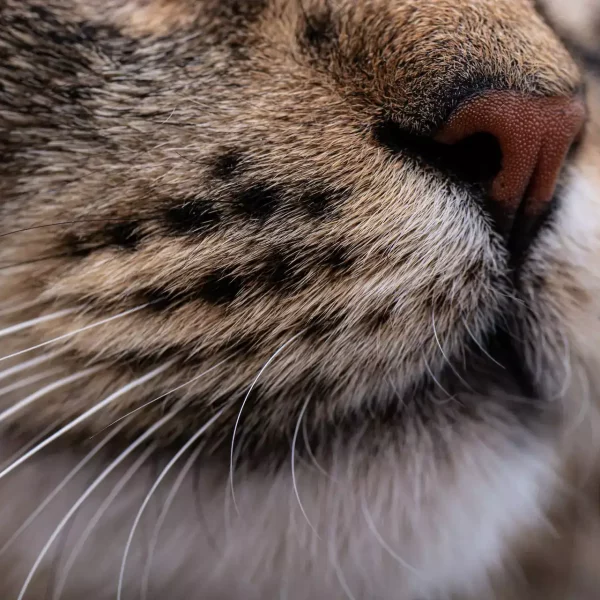
Leave a Comment